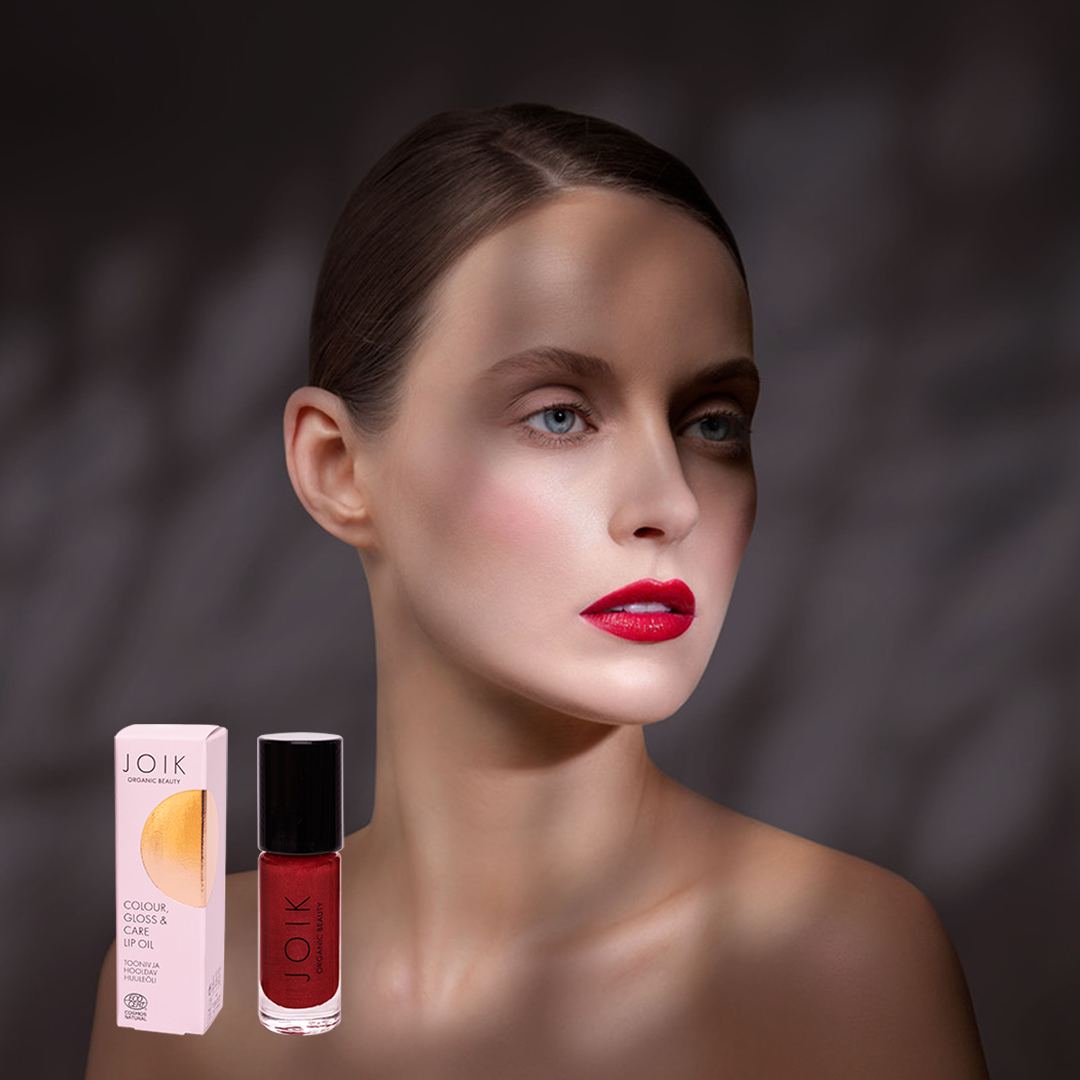Article: How to Read Cosmetic Labels with Confidence
How to Read Cosmetic Labels with Confidence
Why Scientific Literacy Matters in Beauty
Cosmetics are regulated differently from food or medicine, which leaves space for marketing terms like clean, green, and natural that aren’t legally defined.
For consumers, this creates confusion.
The most reliable way to evaluate a product is to read its INCI list (International Nomenclature of Cosmetic Ingredients) and to verify whether it carries independent certifications such as Ecocert or COSMOS.
Mastering these tools allows you to make evidence-based decisions about what goes on your skin.
Step 1: Decoding the INCI List
Every cosmetic sold in the U.S. and EU must display an INCI ingredient list. The rules are clear:
-
Descending order by weight: Ingredients are listed from highest concentration to lowest. Active ingredients are typically within the first 5–7 items.
-
Below 1%: Ingredients at less than 1% may be listed in any order, after higher-concentration items. This often includes preservatives, colorants, and fragrance components.
-
Latin + English: Botanical ingredients are named in Latin (genus and species), followed by the common name in brackets (e.g., Vaccinium Vitis-Idaea Seed Oil [Lingonberry Oil]).
-
Functions are hidden in chemistry: For example, Tocopherol is Vitamin E (antioxidant), Glyceryl Stearate is an emulsifier, and Caprylic/Capric Triglyceride is a lightweight emollient derived from coconut.
Understanding these names is crucial: long chemical-sounding words are not inherently harmful — they often describe safe, naturally derived molecules.
Step 2: The Role of Preservatives and Stabilizers
Preservatives are often misunderstood.
While some consumers avoid them, they are essential for safety.
Without preservatives, products containing water would quickly grow mold, yeast, or bacteria.
-
Allowed in Ecocert-certified cosmetics: natural preservatives such as sodium benzoate, potassium sorbate, or benzyl alcohol (from plant sources).
-
Restricted in conventional cosmetics: parabens or formaldehyde-releasing agents may still appear in non-certified products.
The key is not avoiding preservatives altogether, but understanding which ones are safe and approved under strict standards.
Step 3: Certification vs. Marketing Claims
“Clean beauty” is a self-defined marketing term. Brands can decide what clean means without external verification.
By contrast, Ecocert/COSMOS certification requires:
-
Minimum 95% of plant-based ingredients must be organic
-
Minimum 20% of the total product must be organic (10% for rinse-off products)
-
No petrochemical ingredients such as silicones, PEGs, or synthetic colorants
-
Full life-cycle review of ingredient sourcing, manufacturing, and packaging sustainability
This certification acts as a scientific and regulatory safety net, ensuring that a brand’s claims are verifiable.
Step 4: Understanding Allergen Declarations
Fragrances are one of the most regulated areas in cosmetic labeling.
In the EU, 26 fragrance allergens (e.g., limonene, linalool, geraniol) must be disclosed if their concentration exceeds 0.001% in leave-on products or 0.01% in rinse-off products.
For example:
-
Limonene (a citrus-derived compound) is common in natural essential oils. It is safe in low concentrations but must still be disclosed as a potential allergen.
This is why JOIK lists fragrance allergens transparently, even though they occur naturally in essential oils.
Step 5: Packaging and Stability Information
Cosmetic labels also include technical icons that are often overlooked:
-
PAO (Period After Opening) symbol: an open jar icon with “6M,” “12M,” etc., showing how many months the product is safe to use after opening.
-
Green Dot: indicates that the brand contributes to recycling programs.
-
Lot/Batch Code: ensures traceability for quality control and recalls.
Step 6: Building Consumer Confidence
The combination of scientific labeling rules and third-party certifications creates a framework for trust:
-
Ingredient lists tell you what is inside
-
Certification logos prove how it was made
-
Packaging symbols show how to use and dispose of it responsibly
JOIK integrates all three, ensuring that each product is transparent, sustainable, and verifiably safe.
The Takeaway
Reading cosmetic labels doesn’t require a chemistry degree — but it does require awareness. By learning how to interpret ingredient order, identify preservatives, recognize allergens, and verify certifications, you gain confidence and control.
With JOIK Organic, you can skip the guesswork: every product is Ecocert-certified, crafted with Nordic botanical ingredients, and audited against the strictest global standards.
Because in beauty, science and transparency are the most powerful tools of trust.

